The Kalighat Experience
Since I have now been in Kolkata for a few days and am finally starting the process of unpacking and getting settled into my new flat, I felt that it was appropriate to ritually acknowledge my arrival with a trip to the Kalighat Kali Mandir.
Although the current temple structure is only roughly 200 years old, worship of the dark goddess in this area stretches back into prehistory with this particular location–Kalighat–being the source of the modern city of Kolkata’s (Calcutta) name.
The murti (sacred idol) of goddess Kali at Kalighat is very unique in that it is not like the anthropomorphic statues you find at most Hindu temples. Here the goddess is represented by a large, polished black stone that has been carved to vaguely resemble a face with distinct eyes and a nose. Her three eyes “pop out” at you as they are brightly painted with orange or red pigment. Her left nostril is lovingly adorned with a nose ring (nak chabi). Kali Ma’s typically long red tongue is here replaced with one made from gold beaten into shape that is held place with an upper row of golden teeth.
As per the usual, on Kali’s left side we see her upper hand bearing the khadga (chopping sword). This sword symbolically represents knowledge because it is associated with discernment for it’s power to divide by cutting. Her lower left hand holds aloft a severed demon head which is again symbolic and represents the ego which Kali helps us to transcend. On the goddess’ right, her hands give the mudras of abhaya (no fear) and varada (conferring of boons). With Kali Ma’s left and right sides we see the duality of positive and negative harmoniously combined in an image of transcendence, liberation, and love. Most devotees just simply think of her as their mother.
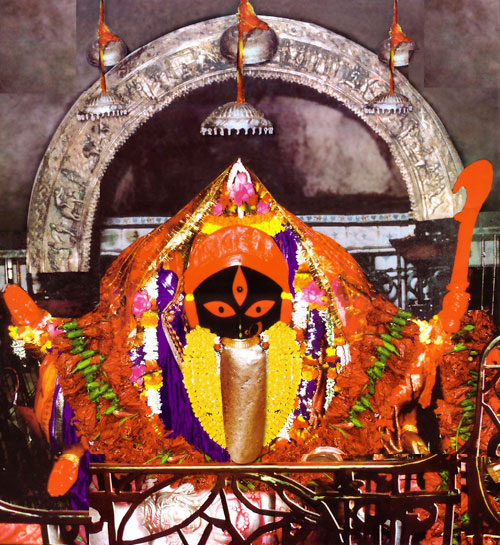
Photographic prints of the Kalika murti, such as these, are readily available in the Kalighat marketplace.
As we headed toward the temple, pujaris (equivalent to temple priests) began to haggle us even before we entered the complex. One man decided to appoint himself as our guide and it took some degree of aggressive ignoring before he finally went away. The dhoti-clad Brahmins that congregate around the temple are notorious for their ability to con and hustle people that are unfamiliar with how this place works. It might seem weird, but I kind of enjoy the added shady vibe such a presence engenders to the atmosphere of Kalighat; here it is somehow fitting.
Red hibiscus (Kali’s sacred flower) malas were purchased and I entered the mandir which was horribly overcrowded. People pushed to and fro and as my companion Julie and I got closer to the area where the Kali murti is visible (the Jor-Bangla) a pujari pulled us both up the get a closer look. He wasn’t being kind, he took our flowers in his hands and insisted that I add 500 rupees on top so that we could receive a blessing from him. Such nonsense! We stayed on the platform close to Kali’s image, drinking up her darshan (Sanskrit word meaning divine “sight” or “vision”) while the pujari grew increasingly frustrated, demanding money, before angrily tossing our flower malas into the inner sanctum and kicking us off of the platform.
This was no surprise; being familiar with how Kalighat (and sadly many other temples) works I expected this sort of behavior during such a crowded day. After being effectively stuck in the USA and far removed from my favorite places and areas of study for so long I relished the full experience of one of my favorite temples in it’s disorganized/organized state. I cried when I finally gazed upon a favorite sacred image of mine and one that I have missed for so long. As always, I offered myself to Kali and only requested surrender. This moment of ecstatic bliss didn’t last very long, it was cut short by the shouting pujaris and force of the crowd as everyone was pushed along.
After exiting the mandir’s east side, I led Julie around back to the area of the temple complex where goat sacrifices take place every Tuesday and Saturday. The device used for ritual immolation is called a harikhat. The typical harikhat consists of a single, U-shaped piece of wood with holes bored on opposite sides to allow the insertion of a peg. The goat’s neck is placed into the harikhat and secured with a pin. Once locked into place, the goat is easily decapitated with one blow from a khadga, the curved sword often seen in the iconography of fierce goddesses. I placed my neck in the harikhat to offer myself to Kali.
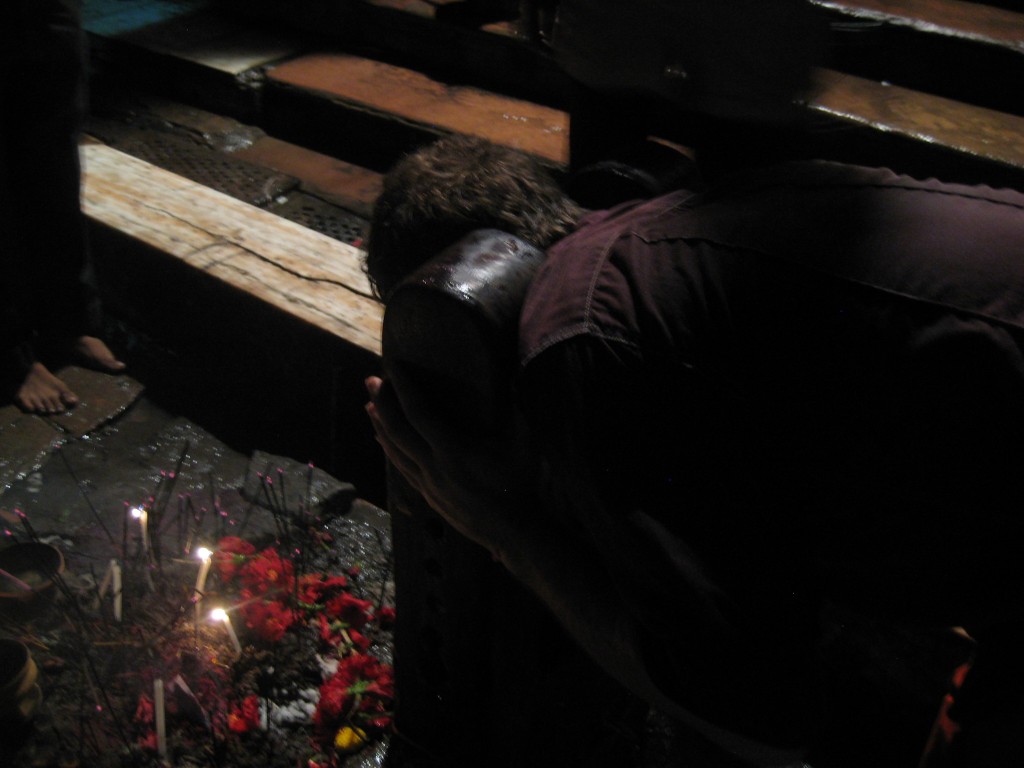
William Clark offering his head to Ma Kali. (Photograph by Julie Edelstein)
We then looped around to the platform which faces the temple (natmondir) and from which you can catch an occasional glimpse of the Goddess. We sat down inside to enjoy the cool atmosphere (there are fans inside) and to discuss our experience of this famous shakti pith along with further research plans and ideas. As we chatted, a Bengali lady that was absolutely overjoyed at Julie’s presence asked to take photos of her and literally jumped for joy when I offered to photograph her and Julie together.
I will be returning to this mandir repeatedly while documenting as much as I am able along with hopefully interviewing the temple pujaris at a later date. Photographs on the grounds are prohibited according to posted signs, but like most things in India it seems that this is negotiable. During my last trip, I collected field recordings of the temple ambiance in various locations, as well as goat sacrifices. This time around, I hope that I can record one of the temple Brahmins chanting mantras sacred to Kali in the temple grounds.
Kalighat is a major shakti pith and according to legend, the toes of the Goddess’ right foot fell here. The image is supposed to represent one of those toes, but judging from the polished nature of the idol I suspect that the original, ancient murti might actually be kept somewhere else. As I learn more about this temple by exploring the surrounding area and talking with locals, I will be share my findings on this website, providing images and audio that I collect as well as descriptions of the presented materials. For me, this first trip to the Kalighat Mandir after such a long, painful hiatus was highly symbolic. It brings me full circle right back to Kali (which is how I got interested in all of these things in the first place) and being the beating heart of this city, perfectly marks the entry into a new phase of my life: I am officially living in Kolkata.
One Comment
Trackbacks/Pingbacks
- Linkage | myownashram - [...] a beautiful, personal and scholarly blog that I look forward to following. This particular post on Kalighat was especially…

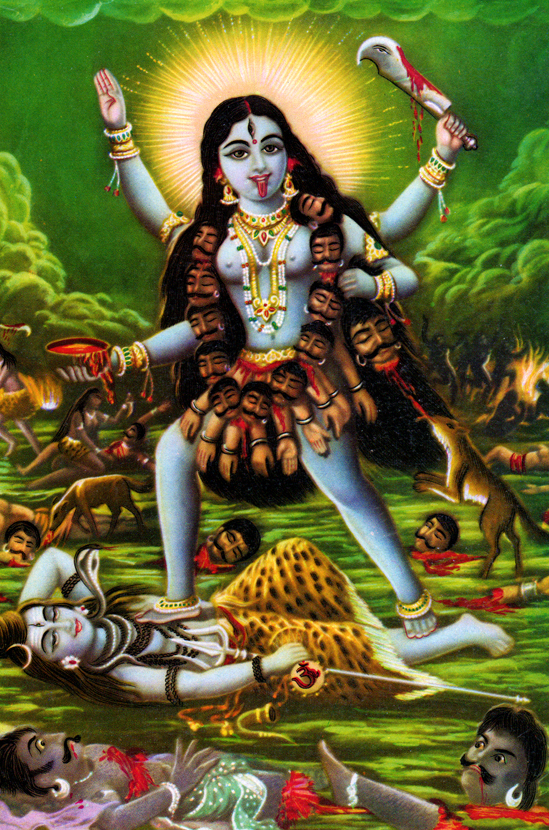
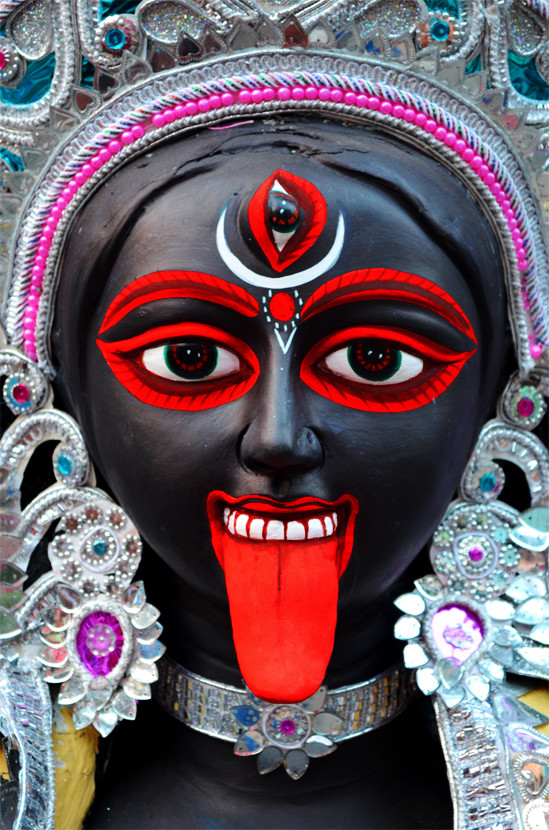
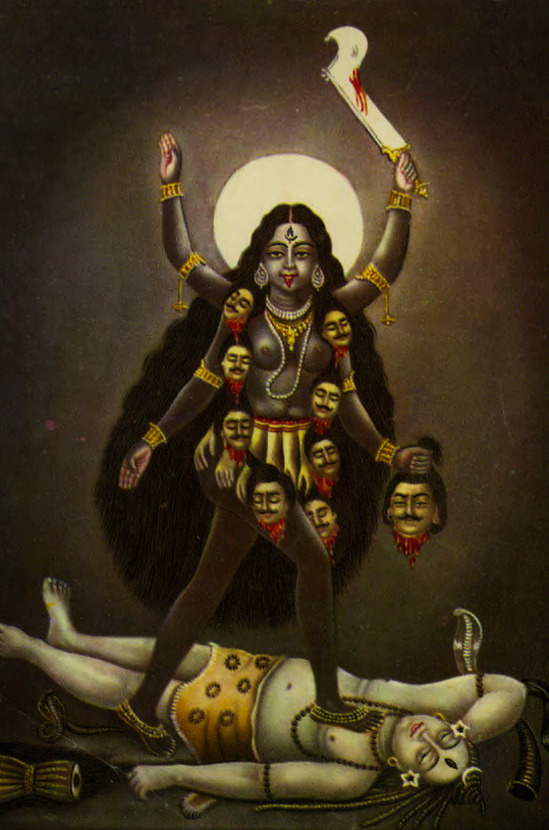
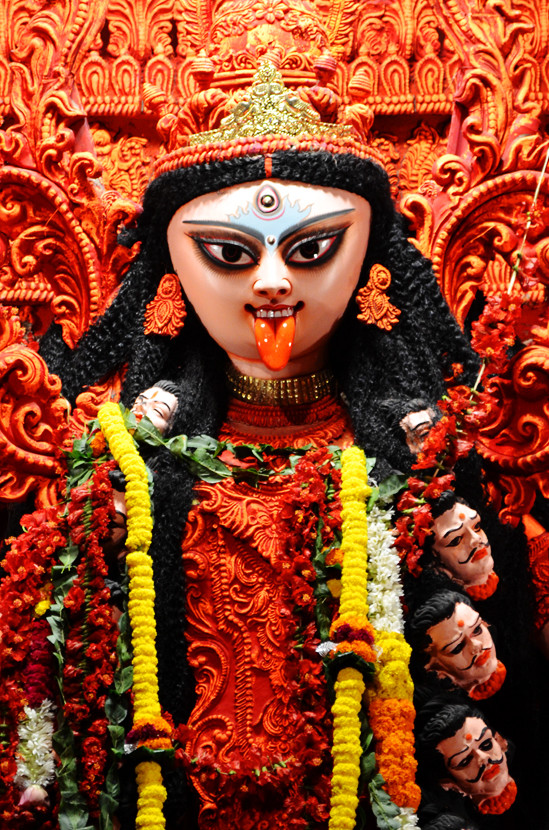
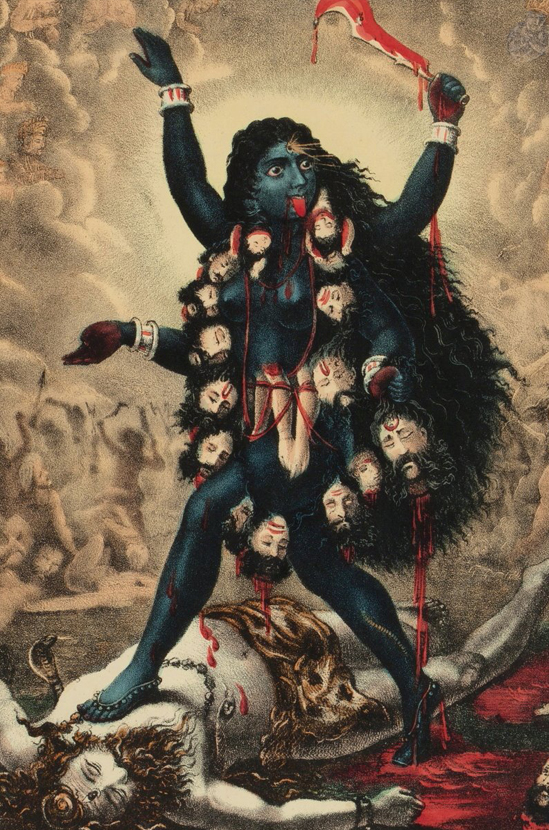
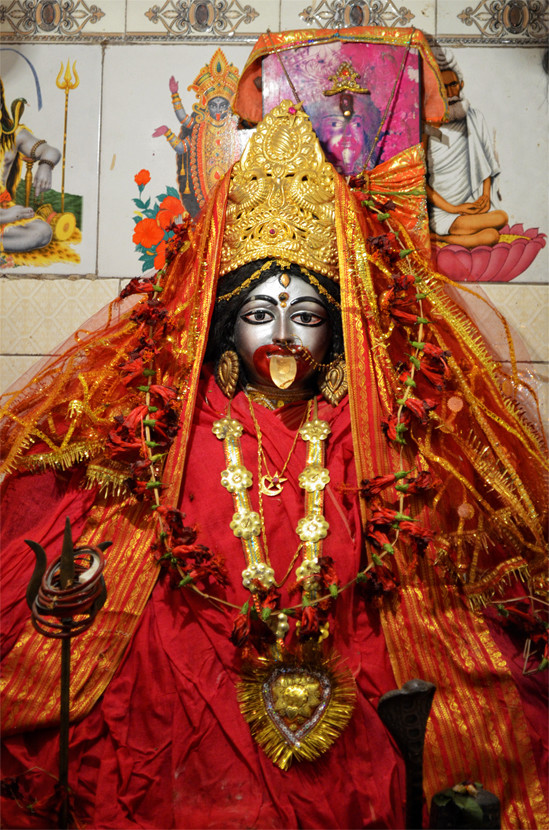
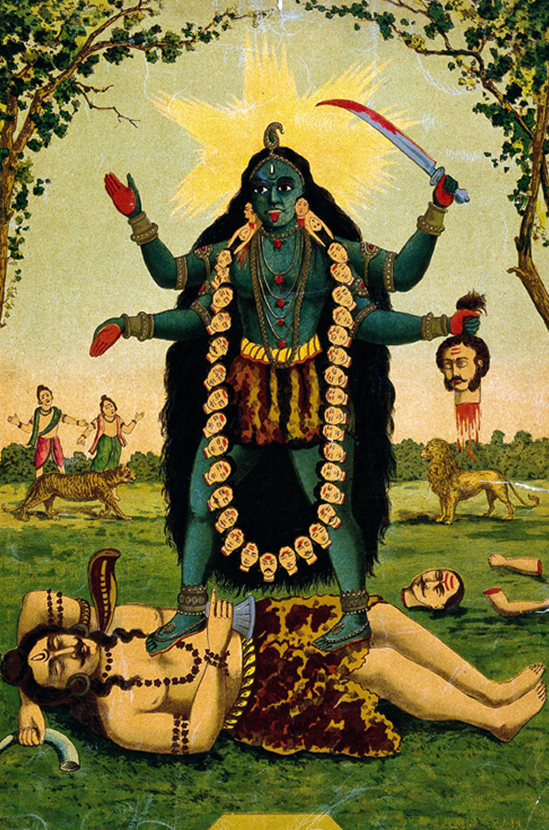
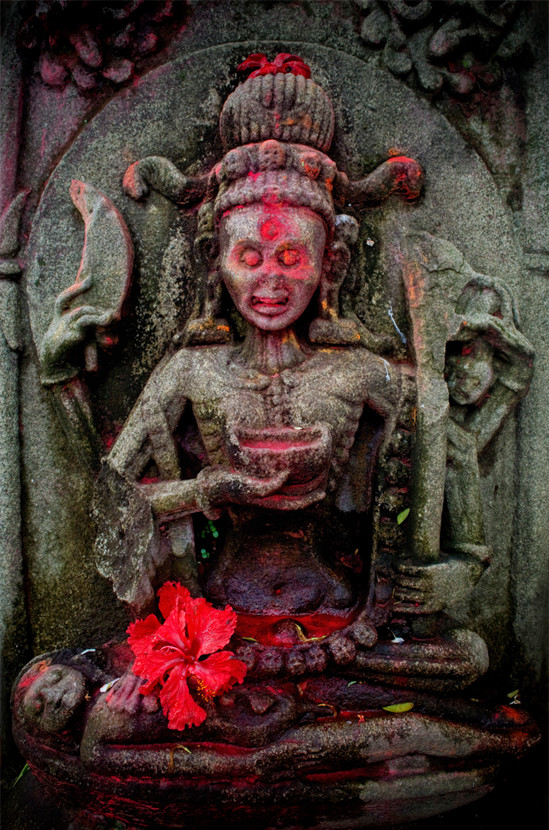
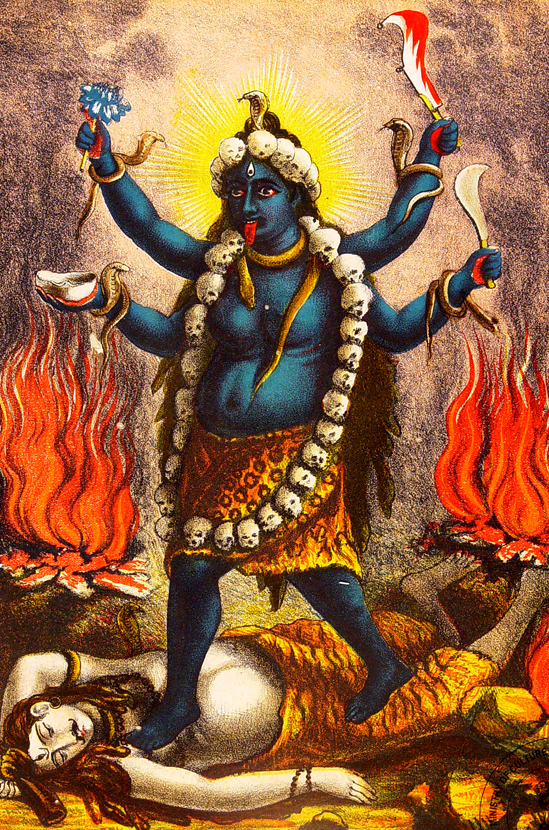
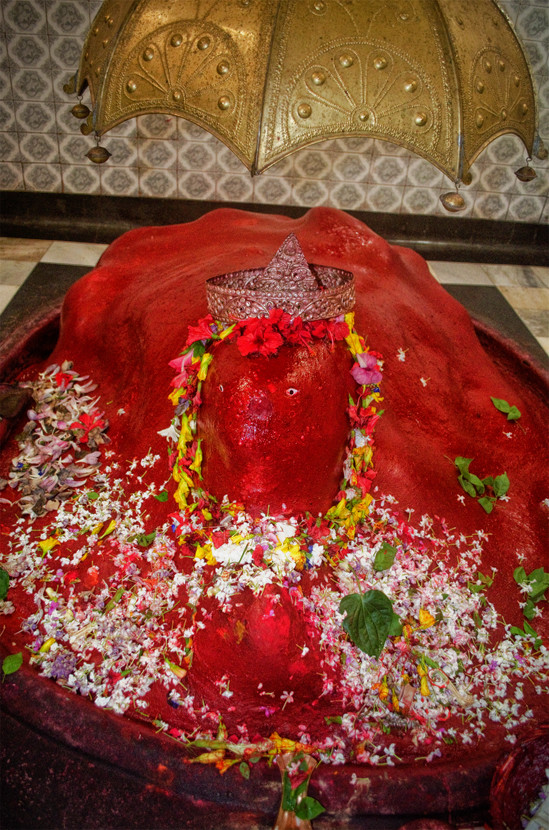
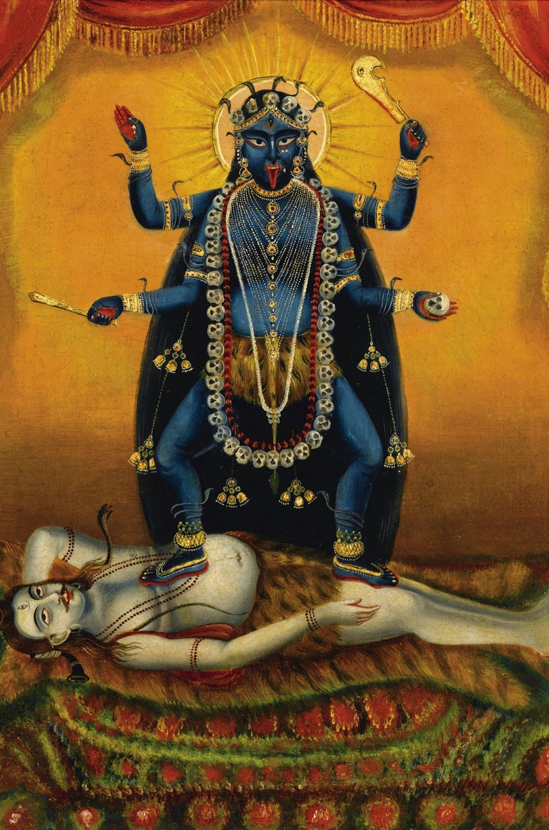
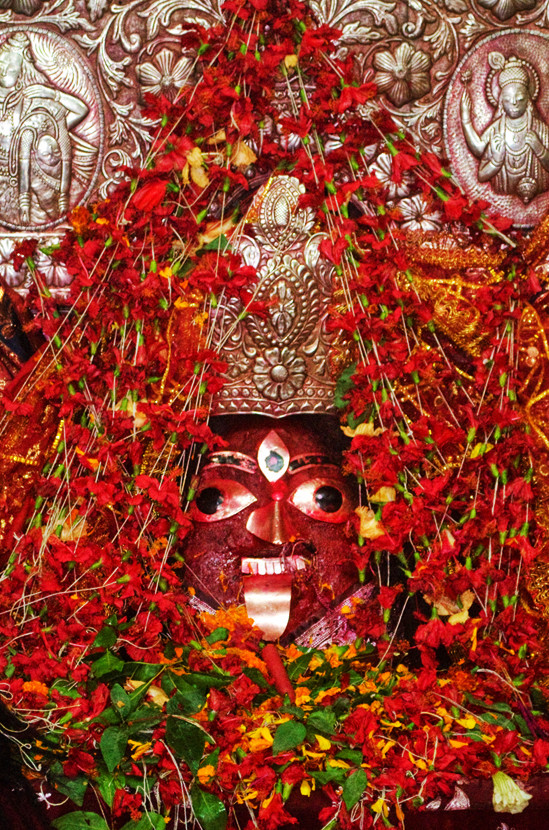
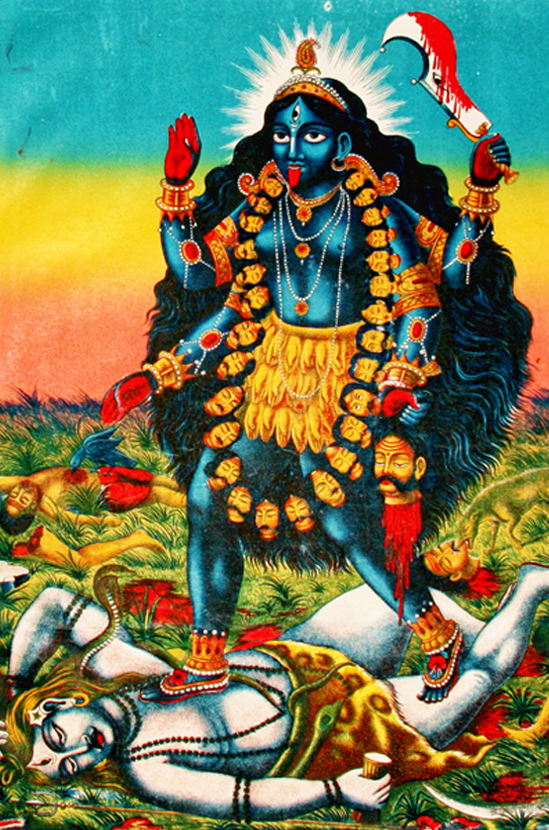
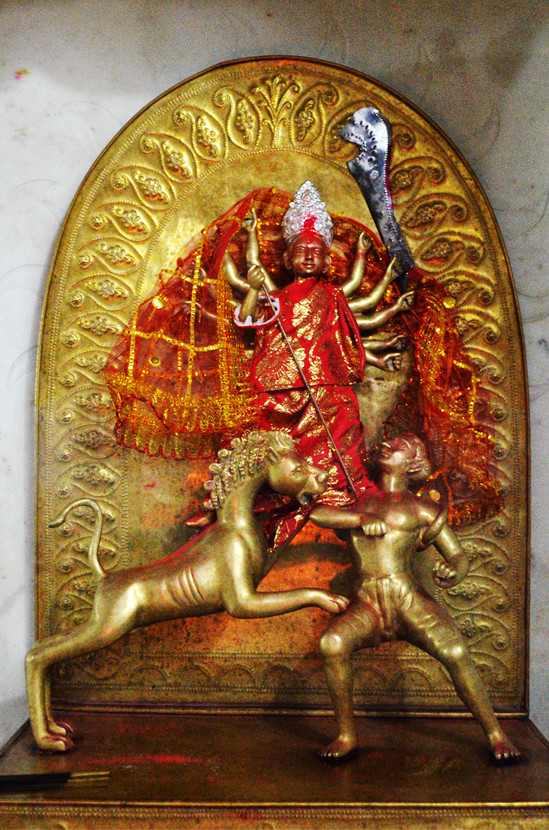
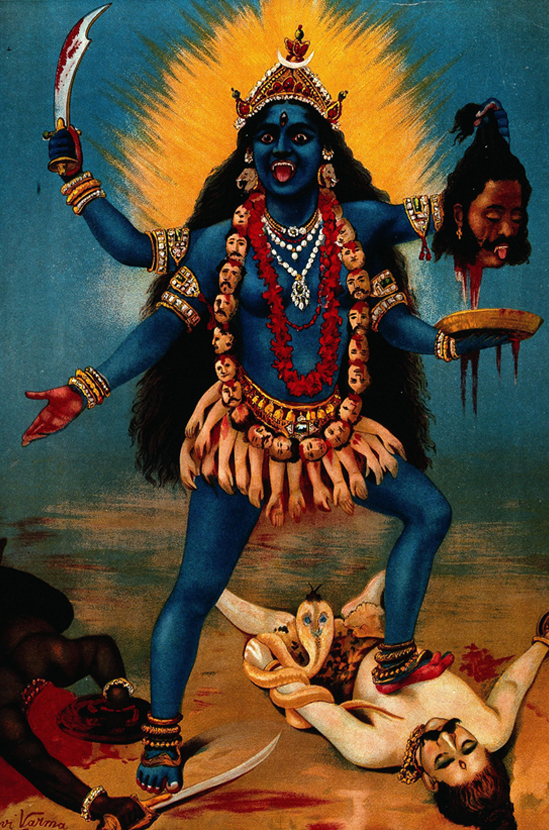
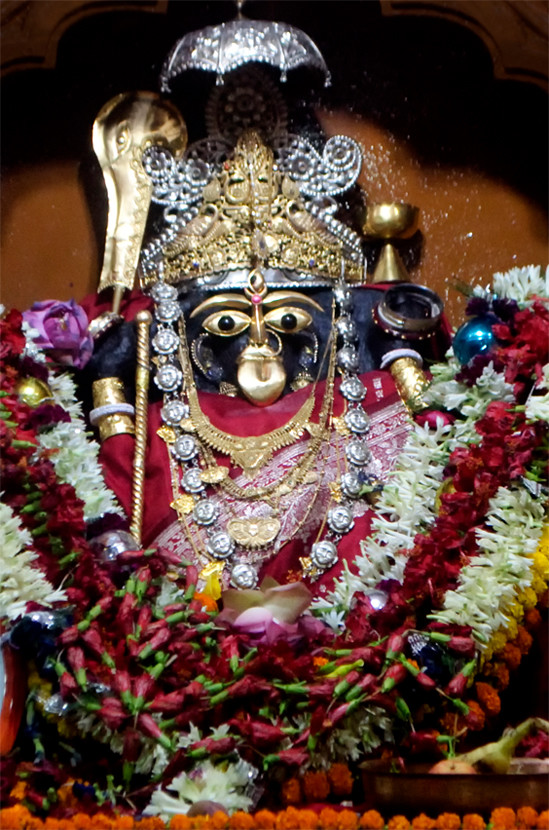
According to ‘Puran’, Kalighat is one of the ‘Fifty One pith’ all over the Land. Here the pieces of four fingers of ‘Dakshin Charan’,the right leg, of devi Sati was dropped.